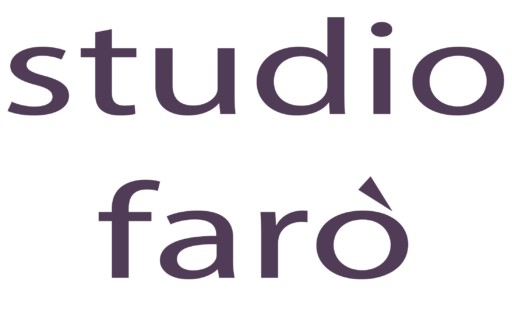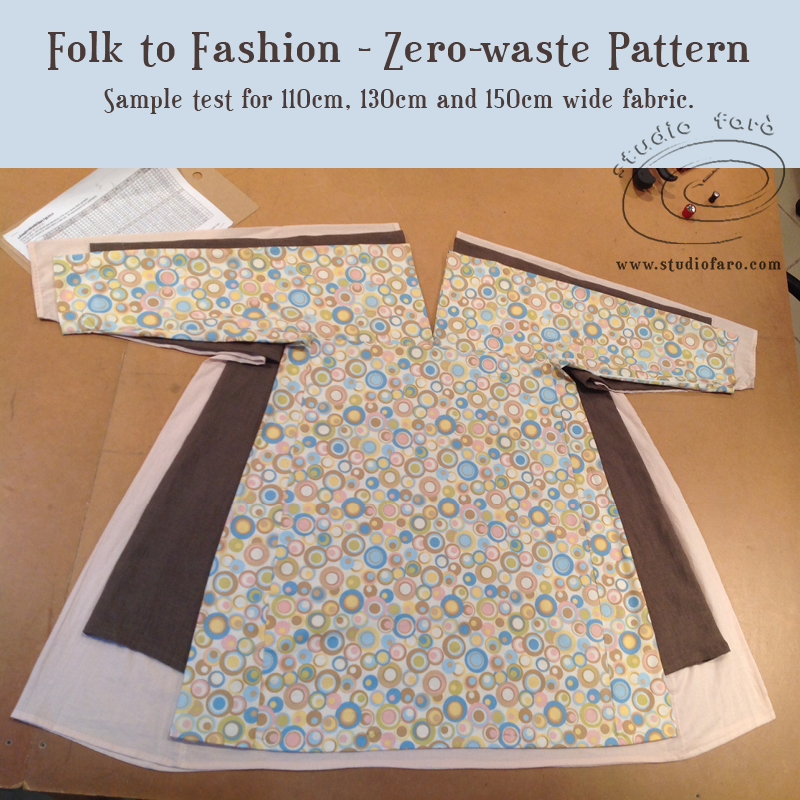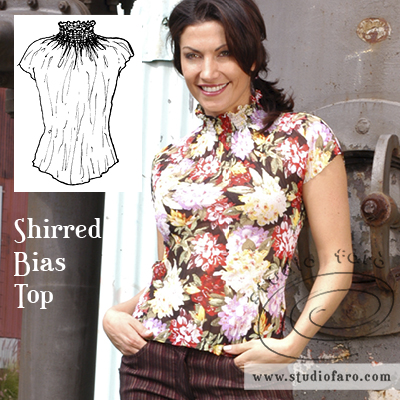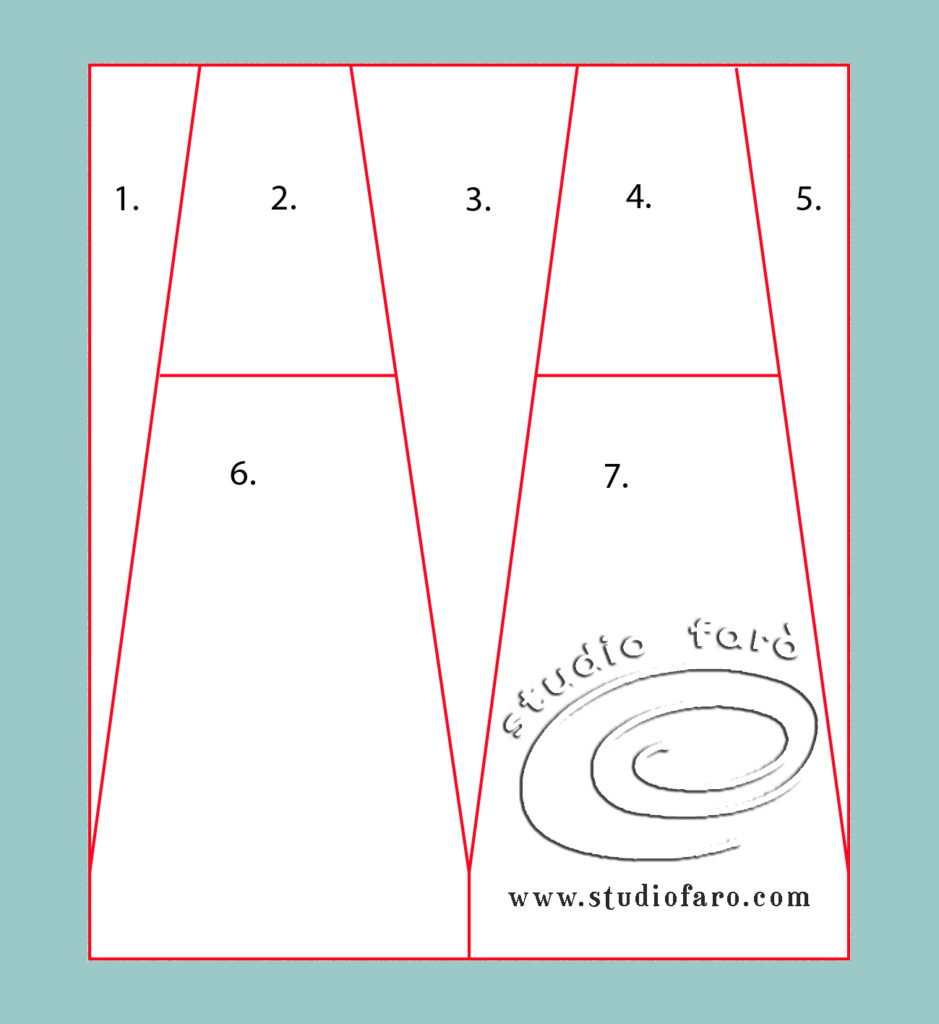22 Jul An Elizabethan Shirt
For a very long time images of the elizabethan shirt as a pattern or garment have fascinated me. I've always favoured patterns that use every bit of fabric as they speak of a time when textiles were considered to be of great value. A time when your household was valued by the quality of the textiles produced in the home and worn by the family and often sold to generate income.
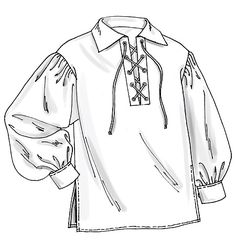
Inspo from Butterick 4486 - especially the lace-up front.

